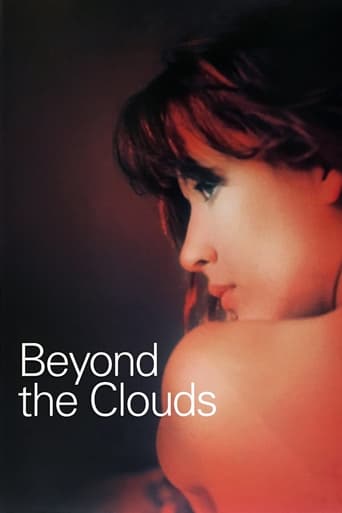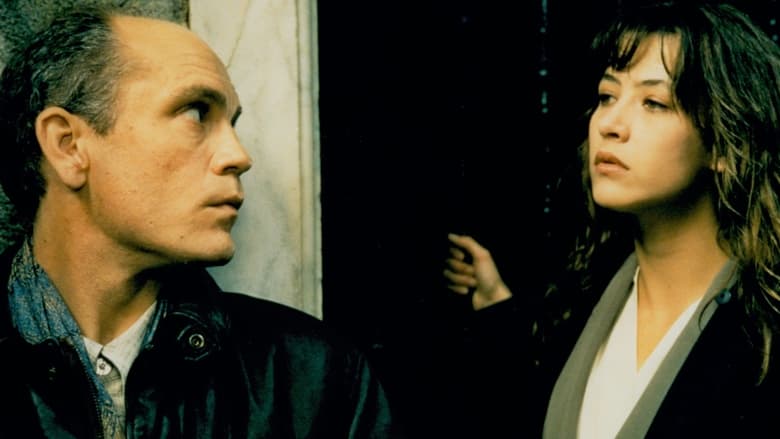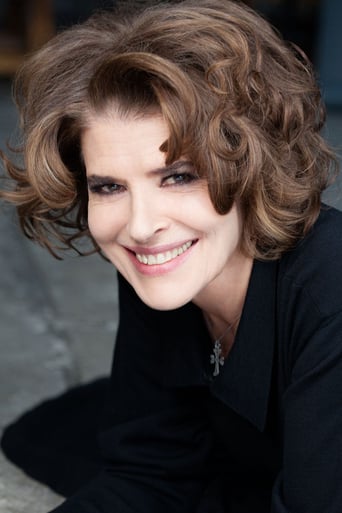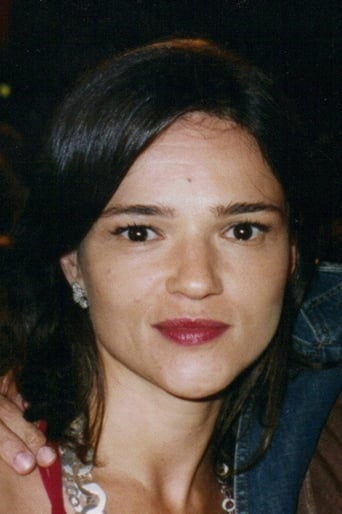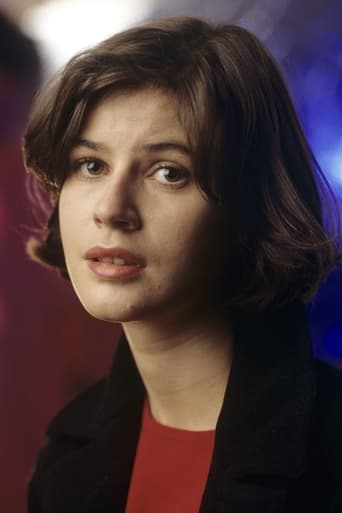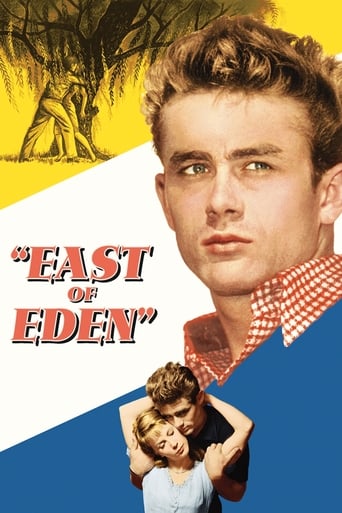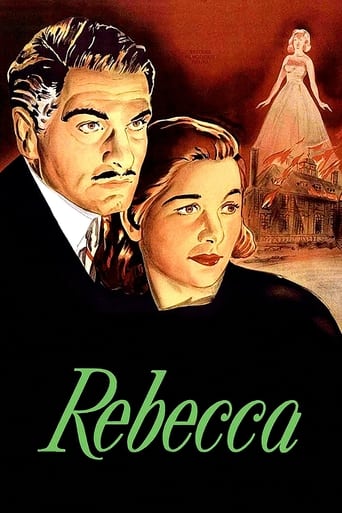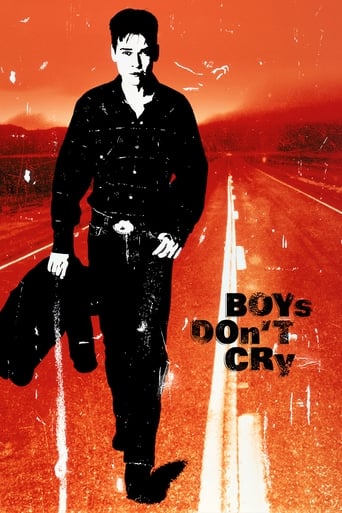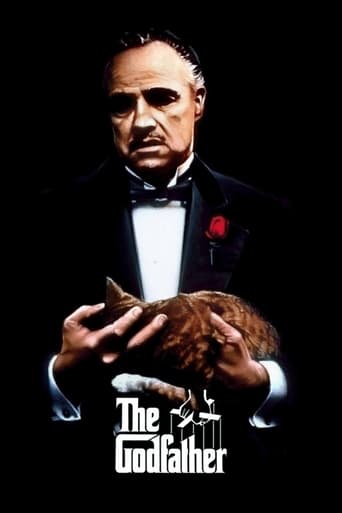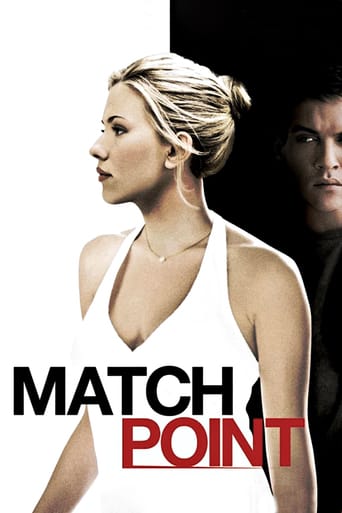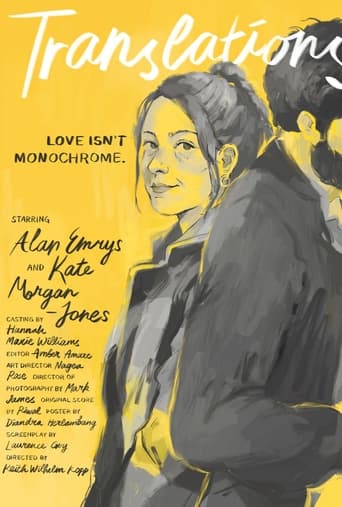Beyond the Clouds (1999)
Made of four short tales, linked by a story filmed by Wim Wenders. Taking place in Ferrara, Portofino, Aix en Provence and Paris, each story, which always a woman as the crux of the story, invites to an inner travel, as Antonioni says "towards the true image of that absolute and mysterious reality that nobody will ever see".
Watch Trailer
Free Trial Channels
Cast


Similar titles
Reviews
This movie is the proof that the world is becoming a sick and dumb place
An absolute waste of money
Blistering performances.
There's a more than satisfactory amount of boom-boom in the movie's trim running time.
There is so much in this film that it is hard to know where to start. To sum up the film quickly is very difficult, but it is a heavily philosophical movie about relationships, love, and interaction in the world. It is focused around the thoughts of a director who wonders around southern Europe thinking about his new films and conjuring up stories of the lives of the people around him. The movie is divided into four stories, all about sexual relationships, and these stories are conjured up in the mind of the director. There is a lot of nudity and sex in this movie, but I would hardly say that it is pornographic. In fact this is hardly related to any American movie. Americans are either very blatant or subtle with their on-screen nudity and it works primarily on the rating system. A movie wanting to attract more people will use subtle nudity, while a more expicit movie will receive a higher rating. In the past few years, nudity has become somewhat scare in American movies, as it generally attracts the undesirable R (or in America X) rating, which means not as many people see it, and thus not as much money is made. Back in the eighties though, nudity, or simply show bare breasts and bare bottoms, was the realm of the sex-romp comedy and was simply showed because the movie was a trashy comedy. I even remember a movie called SOB which the entire plot was the main character working up her courage to flash her bare beasts in front of the camera. Beyond the Clouds is far beyond any of that. First, the Continental Europeans are far less subtle than the Americans when it comes to nudity. In fact, they see it more as an artistic expression than something for desperate men to jerk off to. When we consider such things in this movie, we don't look at it as being lust inspiring trashy pornography, but rather as a sensual exotic expression of sex and the relationship between people. We don't look at the naked body as something to lust over, but rather as a beautiful creation that should be admired. If we watch the movie to see naked women and bare breasts, then we will be sorely disappointed, because the bare breasts are not all that big. This is what I realised after watching this movie. The difference between a trashy American movie designed to arose horny men, and a sensual French movie that explores the beauty, and the pain, of sexual relations, is that in the trashy movies, the breasts are big, while here it is not at all important. As I have said previously, the theme of this movie is the exploration of sexual relationships, and there are four of them that will be examined in this movie. The first occurs in Italy after a man arrives at a hotel and meets a young Italian woman. They are attracted to each other but don't seem to be able to get close. In the first meeting they walk and talk, and kiss, but then they separate and go to their separate rooms. She waits up all night waiting for him to come, while he lies in his room, not really sure what he should do, and ends up falling asleep. As we watch her undress in her room, we soon realise that she wants him to come over so that they can make love, but that never happens. This scene is quite sensual, but we do not see that much of her body, only a glimpse as she removes her shirt and puts on her night-gown. Three years later they meet again, and once again walk and talk. Back at her apartment, they begin to talk about how one can never fully remove their past, and relates it to dregs in a coffee cup. They claim to be passionately in love, but he knows that she has not kept herself pure for him. Finally she has to admit that she has had a man living with her, but he left for somebody else. They struggle to try to get close, he leaves, and then comes back. The closest they come to making love here is as she lies on her bed, naked except for her panties, and he moves his hand over her body. It is very sensual, but it key is that he never touches her. It is as if he cannot touch her. They try to kiss, but they cannot touch. Then he leaves her, never to see her again. To me it seems like they are two people lost in the world and separated from humanity, only seeing each other. Yet her betrayal of him by taking another man haunts him and he cannot bring himself to touch her. The first time they met, they were able to kiss, but now they cannot. It is as if at first they were to become one, but now that she has been with somebody else, that can no longer happen. This also seems to be an expression of how we can never really come close to each other, that we will always be separated by an invisible barrier that we cannot force our way through. The second one brings the director into the scene as he follows a girl around who admits to being a murderer. They make love, and then he leaves, realising that he has become a part of something that he shouldn't. Once again they meet later, but he completely ignores her. As he follows her around, he watches her but doesn't speak. She tries to speak to him, but he is silent, just standing there are watching. He tells us earlier that as a director he found himself separated from the world, but has brought himself back into the world through the use of images, and it is the images that is what keeps him there. This suggests that he sees this woman as an image of beauty, and is so captivated by her that he brings himself into the world and partake in its pleasures. They passionately make love, and then he realises that he has trespassed in a realm that he is supposed to be detached from, and walks away. This has left her wanting, and she follows him, only to find him ignoring her, once again detaching himself from the world that he views from afar. It is interesting to see that in this movie, a lot of the people are trying to get away. Before we see him on the train, there is an image of a man dragging a woman away from the tracks, and once the train has passed she runs towards it again, trying to get away from him. This comes after the third piece in which a woman approaches a man and tells him a story of how Aztec porters were helping some scientists carry equipment to an archeological site. They suddenly stop for an hour, and then continue. When asked why, they say that they were travelling too fast and had to wait for their souls to catch up. This is a start of an extra-marital affair. This one is probably the harshest, because the man is a decietful liar, trying to placate his wife and his lover. He is rough and violent, forcing both woman to have sex with him, and claiming to them that he has left the other. The most vivid scene is where he rips the dress off of his lover and begins to kiss her belly, giving as the impression that she is his possession to do with what he wills. In essence, this woman is a bright and philosophical woman, who attached herself to a man, and the woman who was wanting to slow down her life to appreciate it, has not fallen into the grasps of a man that has claimed her as his own, yet not willing to be exclusively hers. His wife though ends up walking out, and here she meets a man whose wife has just walked out. In a way both of them have been rejected by their partners for others. She is an emotional woman, wanting the carress of a loving man, while he cold and emotionless, wanting to hide in his business to escape from the pain of his life. As he enters the elevator to his flat, a woman enters and tries to talk to him, but he simply shuts her out because he no longer wants to get close to somebody. As the scene draws to an end, these two caress, knowing that in essence their pain is the same and together they can over come the hurt. On the other hand, they are both rejected, and are dumped together as nobody else really wants them. The final one is the most philosophical. A woman rushes out of a building and a man runs to catch up with her and tries to talk we her, but she continues to try to get away. They talk, and we learn that they are opposite. One fears death and wants to enjoy life, while the other fears life and wishes to detach herself from him. He tries hard to get close to her, but she refuses to let him do this. We do not know why this happens, but we know that she no longer wants to be with this guy, and in the end tells him that she is going to join a covenant. He wonders off, and we wait to see if she calls him back, but he silently walks off up the street, and we never see her again. How does this all link together. Well, even though all of the characters are different, it seems that the central factor is that there are two focused characters. The woman seem to change from being very forward to incredibly chaste, while the men go from being chaste to be incredibly forward. In the first one, the woman is waiting for him, and even removes her clothes, but the man will not touch her. The second she is a little less willing, but he is wanting to draw closer to her, and they finally come together. The third they are both forward, but the man becomes forceful, by ripping off her clothes, while she is a little hesitant and wanting promises from him, while the forth, he is actively chasing her, and she is actively running away, and neither of them undress. If we interpose the characters together we can see how the woman is progressively hurt by the men, she draws herself away from them, finally locking herself in a covenant, while as the man continues to succeed, he becomes more forceful and aggressive. In essence both change each other, the woman, in her seductive ways, draws the man closer to her, making him more confident in his actions, and as the man becomes more confident he begins to ignore the woman's protestations and begins to scare her and she tries to flee. As such, it shows a world were the relationships are never quite meet up, as they are never able to actually meet at the same spot and have a mutual respect for each other. It also suggests that it is the woman that create
A summing up of all the aging, ailing Antonioni's career themes, strengths (visual beauty, a sense of mystery and poetry) and weaknesses (pretentious stiff dialogue, ideas that are sometimes not really all that deep, a penchant for getting beautiful actresses undressed without a lot of justification).But this is also something quite different than he's ever done, in that these are a series of short stories, loosely tied together by sequences of John Malkovich playing a director looking for his next film (Wim Wenders helped the physically limited Antonioni by directing the Malkovich sections). By keeping the pieces smaller, I found this more fun, and more moving than most of Antonioni's films. There isn't the chance for the ideas to run as thin, and there seems to be more empathy for his characters now. Humans may be screwed up, but at least Antonioni no longer stands above them judging. One moment actually brought me near tears. The film captures the lonely enigmatic solitude of the artist, and of life itself.
SPOILER: This the the final feature film that Michelangelo Antonioni directed, with the help of Wim Wenders, and adapts from his short story collection "That Bowling Alley on the Tiber". Beyond the Clouds contain 4 short stories with familiar themes that we've come to be accustomed to from his earlier works, and sums up those themes in vignettes which are weaved together via Wenders' directed scenes involving John Malkovich's The Director character. However, most of the stories seemed to offer little or no depth that we're used to from an Antonioni movie, while Malkovich's narration of supposed depth rattled on with unclear diction that sounded a tad pretentious and out of place.Nonetheless, all four stories seem to touch on chance encounters, and extremely quick romances that played out more like lust at first sight, perhaps due to the lack of time (since they're short stories anyway) to allow for a more layered approach to carefully define and craft the characters as we know from a typical Antonioni movie. And the obsessive approach here is for the characters to disrobe to showcase a lack of deeper connection sacrificed for the immediate satisfaction of the flesh. Maybe this is the point to want to bring across with an observation of the more modern relationship?The first story, Story of a Love Affair That Never Existed, tells the romance between Silvano (Kim Rossi Stuart) and Carmen (Ines Sastre), who meet when one asks the other for directions to a hotel, and later meet at a cafe. It's as if Fate is playing games on them when they meet, but part and meet again much later, but like the games people play, it's almost like a L'Avventura or a La Notte with the lack of communication, and of the expectations from the man.John Malkovich's director character takes central role in the next short, who exhibited some really lecherous looks toward a girl working at a shop, played by Sophie Marceau. She is deeply disturbed and made to feel uncomfortable, but somehow plucked up the courage to approach him, and in what I thought was to scare him off, tells him her background that she murdered her father by stabbing him 12 times. But in a flash these two are off toward bedroom gymnastics.The next short, Don't Look for Me, is the longest of the lot, with Peter Weller playing a cheating husband who has to choose between his mistress (Chiara Caselli) or his wife, played by Fanny Ardant. Perhaps the more star studded of the lot, with Jean Reno also stepping in for a coda at the end of it, which sort of expands the little universe in which this short exists. But unfortunately Reno's involvement also got relegated to some stifle of laughter as it goes into the implausible domain with laser quick romantic tanglements. There was a key element adapted from L'Eclisse with a kiss between a couple through a glass panel too, while the introductory tale about the story of souls was quite interesting. If there's a negative theme here this short wants to play upon, it'll be the duplicity of man.In between this short and the next was a small scene which reunited our couple from La Notte, Marcello Mastroianni and Jeanne Moreau, where the former was painting a landscape which was reminiscent of that in Red Desert. Finally, we have the final shot This Body of Dirt, with Vincent Perez as a young man going after a girl (Irene Jacob) whom he just met, and falling in love with her, only to realize that it is a love that is too late. It's a relatively talkie piece, just like the first story, with the characters engaging in conversation while walking the streets of the city they're in, which sort of brings to mind Richard Linklater's Before Sunrise.While on the whole the movie may have succeeded as individual pieces, they never quite measure up as a combined effort given the "excuse" to link them up was a film director's exploration of possible stories and a look for inspiration for his next film.
I haven't seen any other films by Antonioni and the people that saw this one with me agreed that it shares themes and imagery with the rest of his works. Maybe if I had seen other stuff by him I would have enjoyed this one, knowing what to expect. I saw it as an almost complete failure for so many reasons. First of all, the film introduces interesting, deep issues about social relationships, feelings, the nature of reality versus fiction, but this is very often done in the clumsiest of ways making the characters speak as if they were delivering speeches, rambling on and on, juxtaposing declarations rather than having dialogues. The scriptwriters seem to be so worried that we will not get the point that they prefer to tell instead of showing. Secondly, the movie has no rhythm, especially in its first half. It is not only that it is slow. Some slow films have been made with an excellent sense of pace and rhythm (El Sur by Victor Erice Or Scorsese's The Age of Innocence are examples I like), but for that to be successful it is necessary that we find the characters so engaging or the story so moving that we can adapt to it. This does not happen in Beyond the Clouds, where the first episode seems to drag endlessly, and the relationship between John Malkovich's "reality" and the love stories "fiction" is at times fluid, others abrupt, others confusing.

